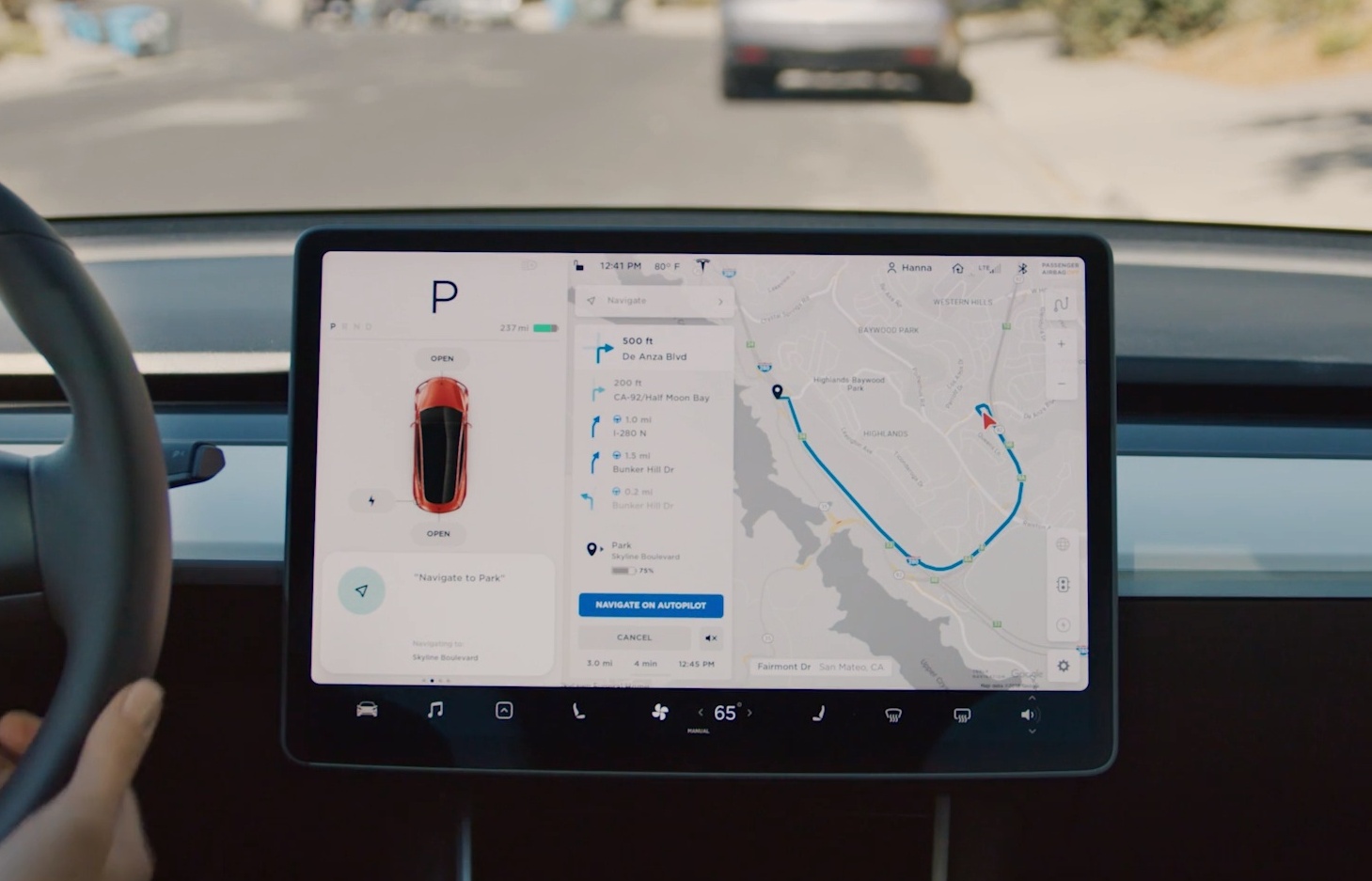It’s going to be a busy week for automakers and the government agencies that regulate them. We’re expecting two major announcements affecting how many electric vehicles (EVs) automakers build by certain dates.
The first will come today. The second, tomorrow. Both are likely to count as wins for automakers and ease expectations of a rapid shift toward electric cars. Neither one will end the industry’s steady drive toward EVs, but both may buy automakers some breathing room.
Tough Proposals, Milder Agreements
The federal government regulates emissions through several separate rules. Federal agencies change rules slowly, through a long process. Agencies propose new rules, accept feedback from industries and the public, and revise them before they become final.
This week, the Biden administration will likely finalize two rules. Both, we expect, will be toned-down versions of earlier proposals.
One set of rules – the Corporate Average Fuel Economy (CAFE) standards – requires an automaker’s total lineup of cars to meet certain fuel economy requirements. Those aren’t expected to change this week.
A different set controls how much each electric car counts toward that total. Those will likely change today.
Another controls how much of certain greenhouse gases each car can emit. Those are likely to change tomorrow.
Today: MPGe
Electric cars use no gasoline, so they have no miles per gallon ratings.
But, if they didn’t count toward CAFE numbers, automakers wouldn’t benefit from building these no-emissions cars.
So, the Environmental Protection Agency (EPA) uses a formula to calculate each electric car’s MPGe or miles per gallon equivalent. That rule hasn’t changed in more than two decades.
Last spring, the EPA proposed a rule that would tighten that formula. The rule would have drastically cut the MPGe figure for each car, meaning EVs had far less positive impact on an automaker’s CAFE numbers.
Today, the agency will publish a final version of that rule. The rule proposed last April, Reuters reports, “would have lowered the compliance value of electric vehicles by 72% in 2027.” Instead, the final version “will gradually reduce the petroleum equivalent EV fuel economy rating through 2030 and by 65% in total, giving automakers more time to adjust.”
The move is “a win for the Detroit Three automakers and the United Auto Workers union” Reuters reports.
It means that each EV sold will have a larger impact on an automaker’s CAFE numbers than expected, easing the pressure to sell as many as possible as fast as possible.
But the final rule will still be stricter than the rule in effect today. So that pressure eases but doesn’t end.
Tomorrow: Tailpipe Emissions Rules
A second rule change comes tomorrow. A separate set of rules controls the tailpipe emissions each automaker’s lineup can create.
Last spring, the EPA proposed significantly tightening restrictions. That rule wouldn’t order automakers to sell a certain number of EVs. But analysts said most would need about 67% of their total sales to be electric cars by 2032 to meet the proposed requirements.
Tomorrow, the EPA is expected to finalize a milder set of requirements. The final rule would likely mean most automakers target EV sales of 60% by that year.
Oil Industry Still Objects
In an email, a representative from the trade group American Fuel and Petrochemical Manufacturers said the softened rules still amounted to “a ban on gas cars,” arguing that “If they can’t sell enough EVs on their own — and there aren’t a surplus of credits to buy from other automakers — individual manufacturers will have no choice but to cut gas car production.”
Automakers that exceed the requirements can sell their excess credits to those that miss their marks.
What It Means For Car Shoppers
The updated rules will mean nothing for those currently shopping for a car.
They will give automakers breathing room to sell slightly fewer electric cars next decade. But, even under the milder rules expected this week, virtually every automaker will need to offer a mostly-EV lineup in the 2030s.
They already plan to get there, so the rule changes will not mean major adjustments to their plans. Virtually every major automaker has announced plans for a mostly-EV lineup next decade. Several have targeted eliminating gas-powered cars completely.
But EV adoption can’t move faster than EV infrastructure. High vehicle prices and limited public charging stations still limit the appeal of electric cars for many Americans.
Prices are coming down, and charging infrastructure is growing, which should solve those problems. But easing requirements will give automakers more flexibility in how they get there.
Americans bought more than 1 million EVs for the first time last year. Analysts from Kelley Blue Book parent company Cox Automotive expect EVs to make up at least 10% of all auto sales this year for the first time.








